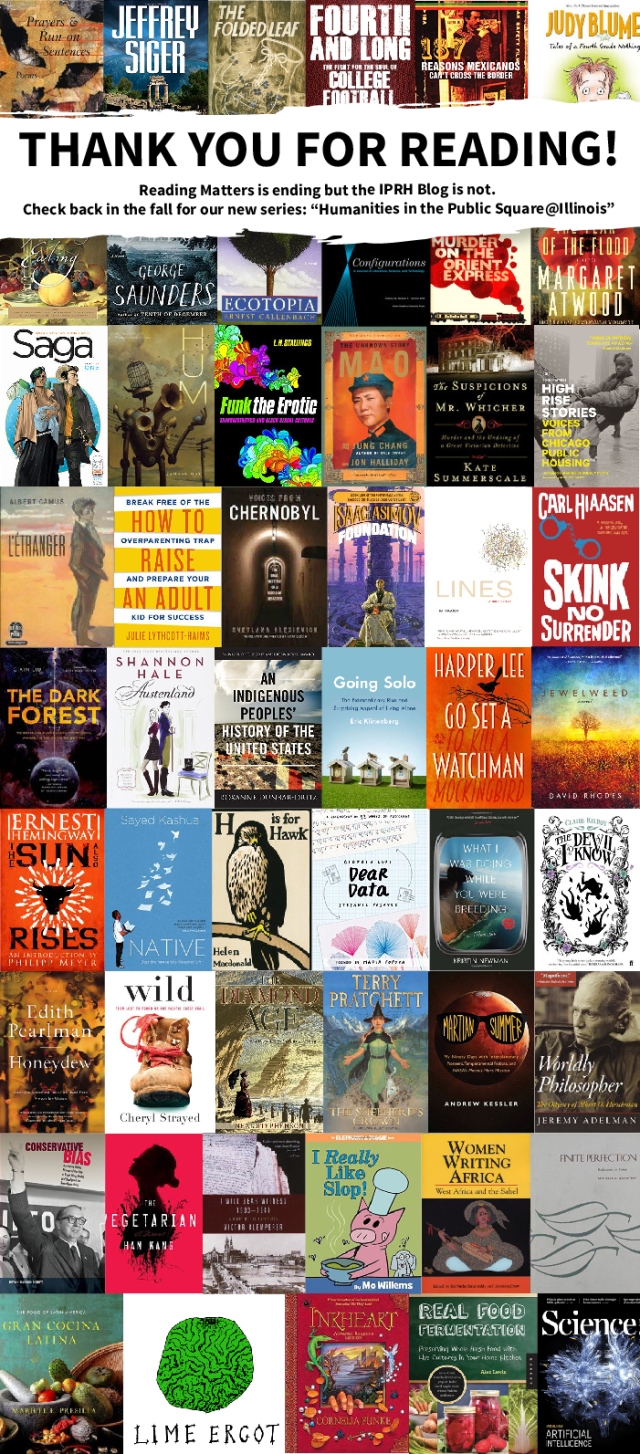Second Annual IPRH Work-In, December 5th, 5:30-8pm, Levis 3rd Floor
What’s the relationship between the humanities in the university and the “public” in the public square? It’s a question we tackle practically on a daily basis at IPRH. Rightly or wrongly, scholars who deal in humanities-related subjects are often looked to these days to define, and even to model, public engagement work on North American campuses. The assumption seems to be that the things that humanists think about lend themselves more easily to public concerns than, say, STEM. So powerful is this link that the National Endowment for the Humanities has a division of public programs dedicated to supporting projects that “bring the ideas and insights of the humanities to life for general audiences.” The NEH seeks to create sustainable “community conversations” by drawing on “significant humanities resources, such as historic artifacts, artworks, literature, musical compositions, or films’ and centering on perspectives drawn from humanities disciplines. At the national level, then, we are exhorted to link humanities work with participation in vigorous and rigorous public dialogue.
But we know that all arenas of academic inquiry are relevant in the public square. There is a significant “science to society” movement afoot, for example, that is designed to create better portals for communicating technical knowledge to a broad public and to engage everyday people in discussions about the societal impact and meaning of contemporary science-related issues. The American Association for the Advancement of Science, the largest multi-disciplinary science society in the world, has a mission to “advance science and serve society” through initiatives that include “public engagement with science.” Humanists too have their own expertise and knowledge that they are not always able to readily translate beyond the journal article or the seminar setting. In truth, teachers and scholars across the length and breadth of higher education are being asked to think more purposefully about how to make their knowledge accessible to a range of public audiences. In fact, all quarters of the academy have work to do to engage seriously with people they want to reach and issues they have expertise in beyond the boundaries of the quad.
The stakes of this kind of engagement have, arguably, never been higher. As both a concept and a very real sphere of political and social life, “the public” is under significant pressure at this particular historical moment. We are ever more invested in it even as it appears to be morphing before our very eyes. Global fiscal crises, national political transformations, the breakdown of a 20th-century liberal western consensus about civitas and the “internet of things” have, together, reshaped our understanding of what the public sphere– and the public square with it – can and should be. Whether you are a scientist or a literary critic, the concept of “public” is up for grabs. The time for taking up space in the public square in order to re-imagine and revitalize it is now.
In that spirit, IPRH will host our second annual Work-In on Tuesday, December 5th from 5:30-8pm. The event is a lively mix of people and organizations dedicated to a combination of inquiry and action when it comes to the variety of social and economic challenges we face in and around Champaign-Urbana. It’s designed to bring faculty, staff and students together with community members and partners, providing an opportunity to see and hear what’s happening at the local level at Illinois and beyond.
The links here between the humanities and the public square are multiple. The term Work-In is a play on “teach-in,” which has historically been a way to move academic work out of the classroom and into the more public spaces of the university campus. The Work-In shares some of that impulse, but it has more of a roll-up-your sleeves feel to it. Upwards of two dozen campus and community individuals and groups have signed up to table their wares, share information about what they do and make connections with people interested in moving the needle forward on a variety of issues – from higher education in prison to food pantry volunteerism to the legal process in Champaign county to feminist technology networks, and much more.
At the Work-In, you will find faculty and staff spotlighting how their academic work impacts broader public issues in a bustling, convivial atmosphere. But you – and they — will also have the chance to mix with and learn from community groups, and to appreciate how the public square is, in practice, a place where people from different sectors can meet and exchange experiences and ideas. In that sense, the Work-In tries to challenge a one-directional model of “public humanities” by fostering opportunities for cross-pollination between what’s happening at Illinois and what’s going on in Champaign-Urbana. In year two of the IPRH Work-In, we hope to see more of those connections being sustained into the new year.
If you are interested in helping to shape that kind of public square culture, join us the 3rd floor of Levis on December 5th. And if you are simply you are curious about what this experiment in public square programming at IPRH looks like, come and check it out. Tell your students – it’s a good break from the pressures of the end of the semester. And bring a colleague or a neighbor so they can see what’s going on in and around Champaign-Urbana here and now.

